Search
Program
Acres for America Program
Walmart’s Acres for America program stands today as the leading public-private land conservation partnership in the United States. The partnership began in 2005, when Walmart and NFWF joined forces to establish Acres for America as a groundbreaking effort to support and catalyze the conservation of lands and wildlife habitat of national significance, and to benefit local communities and local economies.Image
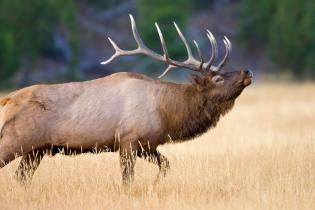
Program
Alaska Fish and Wildlife Fund
The National Fish and Wildlife Foundation (NFWF) has partnered with private and public entities, including the U.S. Fish and Wildlife Service and the U.S. Forest Service, to further conservation of species and habitat while supporting communities responding to challenges presented by changing climate and land use in Alaska.Image
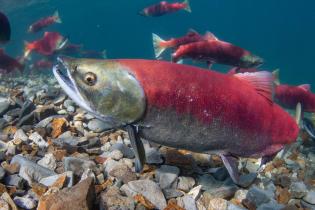
Program
Apache Trout
NFWF's Apache Trout initiative aims to increase the abundance and distribution of Apache trout in the U.S.Image
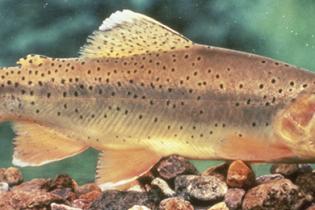
Program
Atlantic Flyway Shorebird Initiative
The Atlantic Flyway Shorebird Initiative aims to increase populations for three focal shorebird species within the flyway by 15 to 20 percent over a 10-year period. The three focal species – American oystercatcher, red knot and whimbrel – represent different migratory strategies and require specific approaches to address habitat loss, predation and human disturbance. To achieve this goal, the grant program supports five strategies outlined in NFWF’s Atlantic Flyway Shorebird Business Plan: (1) conserve critical habitat, (2) restore habitat, (3) reduce human disturbance, (4) improve harvest management, and (5) monitor and assess progress.Image
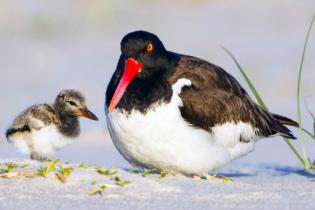
Program
Kuahiwi a Kai: Lānaʻi Watershed Conservation Program
The Kuahiwi a Kai: Lānaʻi Watershed Conservation Program (Kuahiwi a Kai Program) was launched in 2019 to strategically preserve and enhance Lāna‘i’s unique natural and cultural resources from mauka to makai (from the top of the mountain down to the ocean), while encouraging community engagement and shared stewardship.Image
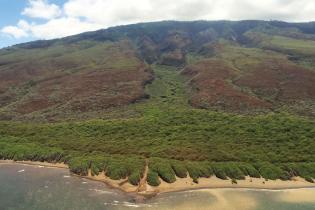
Program
Western Big Game Seasonal Habitat and Migration Corridors Fund
The Western Big Game Seasonal Habitat and Migration Corridors Fund aims to conserve critical winter range and migration corridors to maintain healthy populations of pronghorn, elk and mule deer, and the phenomenon of big game migration. The program is working with conservation partners across Arizona, California, Colorado, Idaho, Montana, Nevada, New Mexico, Oregon, Utah, Washington and Wyoming.Image

Program
Southern Plains Grassland Program
The Southern Great Plains host a unique set of wildlife species that are specifically adapted to this grassland ecosystem. Many of these species, such as the monarch butterfly and songbirds, migrate to and from the region in order to complete their life cycle. Others, including the pronghorn, swift fox, prairie chicken and bobwhite quail are year-round residents that live alongside human residents who are engaged in the ranching of livestock, primarily beef cattle.Image

Program
Refugio Beach Oil Spill Settlement – South Coast Shoreline Parks and Outdoor Recreation Grants Program
The National Fish and Wildlife Foundation, together with the California Department of Fish and Wildlife, California Department of Parks and Recreation, California State Lands Commission, and Regents of the University of California (collectively the “State Trustees”), established the Refugio Beach Oil Spill Settlement – South Coast Shoreline Parks and Outdoor Recreation Grants Program with funds it received on behalf of the State Trustees from settling defendants pursuant to a consent decree in the matter of the United States of America and People of the State of California ex rel. California Department of Fish and Wildlife et al. v Plains All American Pipeline, L.P. et al. These funds will be used to fund recreationally-based shoreline projects to benefit public access to, and use and enjoyment of, natural and cultural resources downcoast of El Capitan State Beach in Santa Barbara County to Long Beach in Los Angeles County. The projects are intended to compensate the public for loss of use and enjoyment of natural resources, parks, public beaches and other public resources downcoast of El Capitan State Beach in Santa Barbara County to Long Beach in Los Angeles County as a result of the Refugio Beach oil spill. Additional settlement funds are being separately administered by the California Department of Parks and Recreation and the University of California Regents for projects to compensate the public for human use impacts upcoast from, and including El Capitan State Beach, and impacts to research, education and outreach at Coal Oil Point Nature Reserve.Image
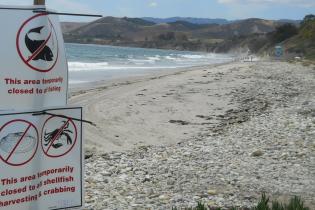
Program
Bycatch Hotspots Initiative
The National Fish and Wildlife Foundation (NFWF) and the National Oceanic and Atmospheric Administration (NOAA) are evaluating the feasibility of bycatch hotspot communication networks to reduce fish bycatch following the 2010 Deepwater Horizon oil spill.Image
